In our hyper-connected world, we’ve grown accustomed to constant stimulation and immediate responses. The modern lifestyle celebrates busyness as a virtue, leaving many of us perpetually exhausted and disconnected from the present moment.
Learning to slow down isn’t just a luxury—it’s essential for our well-being and clarity of perspective. Here is a list of 20 places around the world where you can truly unlearn the need to rush and rediscover the art of savoring each moment.
Kyoto Gardens, Japan
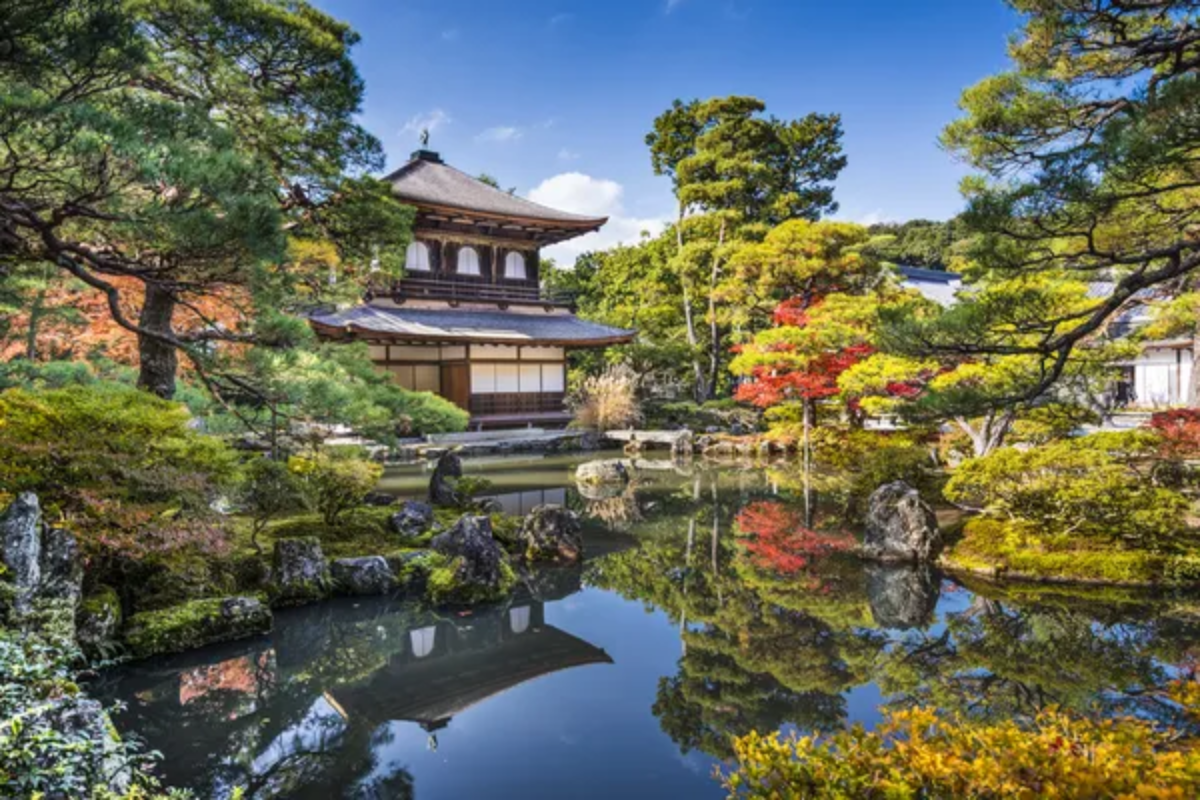
The meticulously maintained gardens of Kyoto operate on nature’s unhurried timeline. Seasonal changes unfold gradually across moss-covered landscapes and carefully pruned trees, encouraging visitors to move at a deliberate pace.
Many temples offer meditation spaces where sitting still for even five minutes can reset your internal rhythm to match the gentle progression of shadows across stone pathways.
Isle of Skye, Scotland
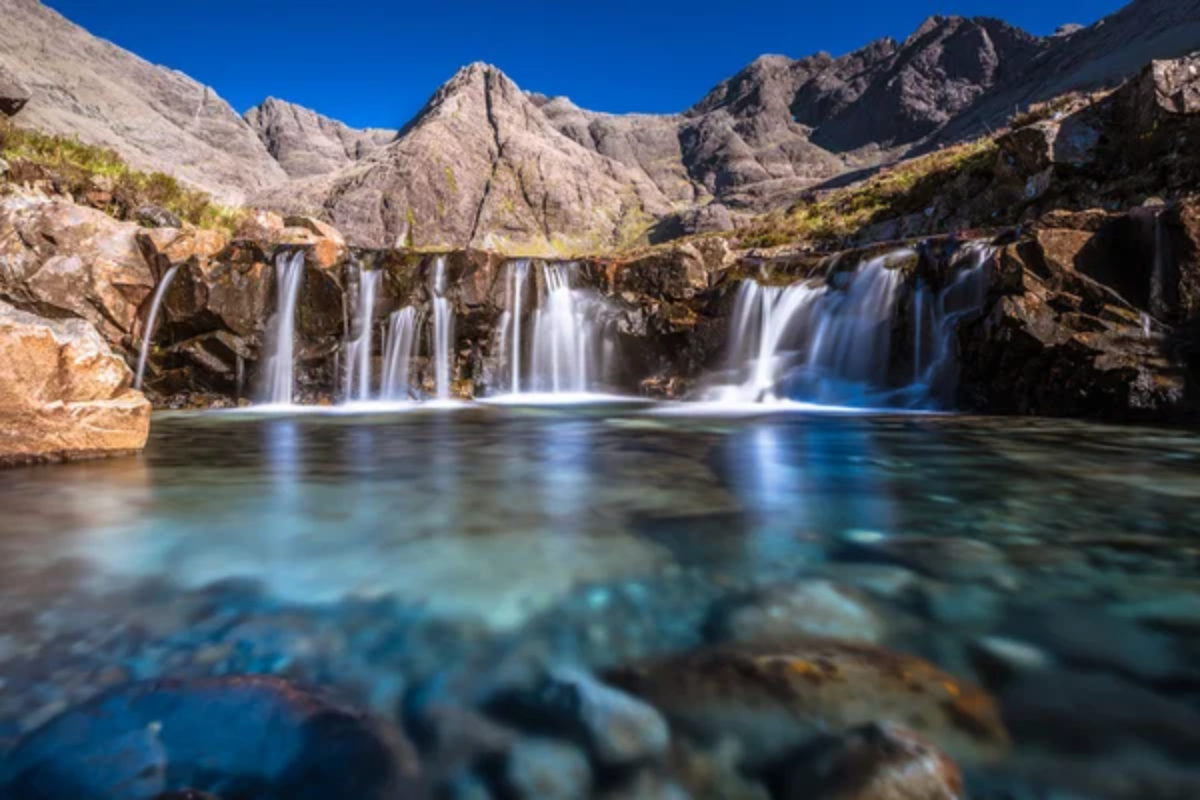
Skye’s dramatic, misty landscapes demand patience as weather patterns transform the scenery hourly. Local tradition embraces ‘island time,’ where appointments are suggestions rather than obligations and conversations flow without hurried glances at watches.
The rugged coastline and ancient formations like the Old Man of Storr have stood for millennia, putting our modern rush into humbling perspective.
Like Travel Pug’s content? Follow us on MSN.
Tuscany Countryside, Italy
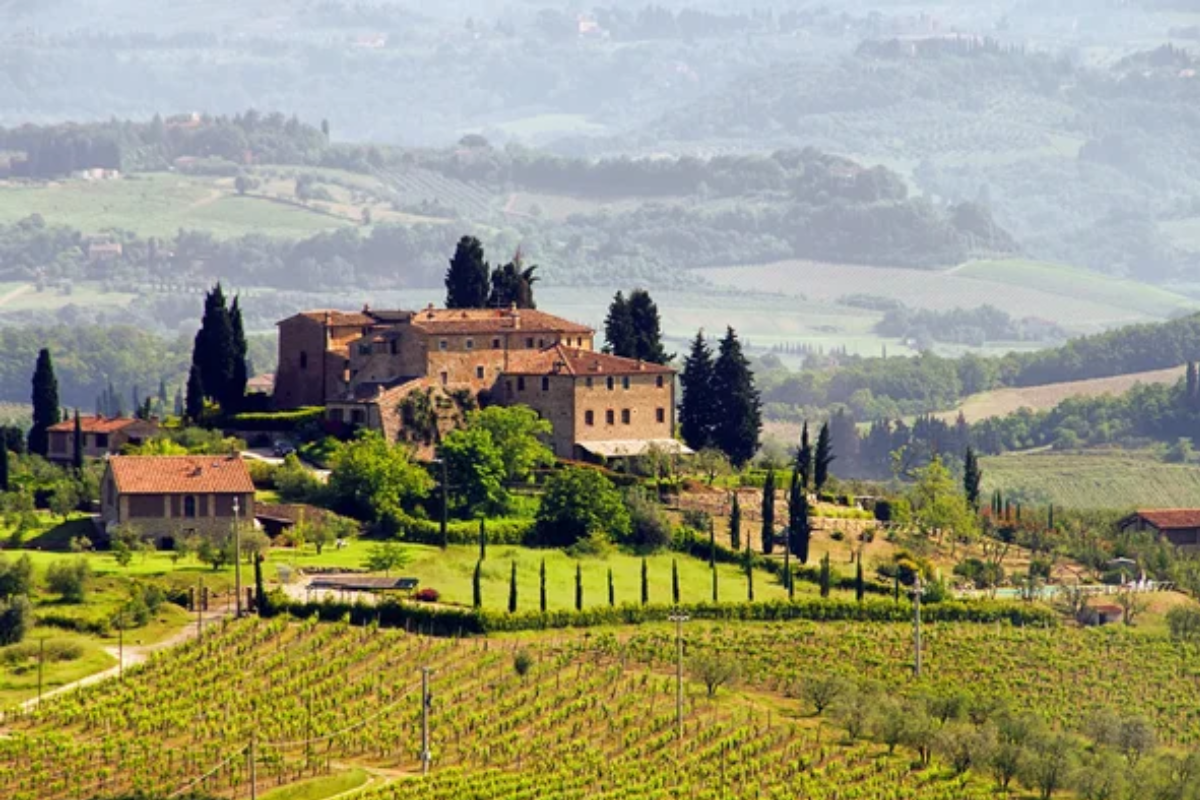
Rural Italian culture perfected slow living long before it became a movement. Family meals stretch for hours as conversation weaves between generations, and afternoon riposos (rest periods) remain sacred despite modernization.
The rolling hills dotted with cypress trees and ancient villages operate on agricultural rhythms that haven’t changed for centuries, naturally resetting visitors’ expectations about time.
Ubud, Bali, Indonesia
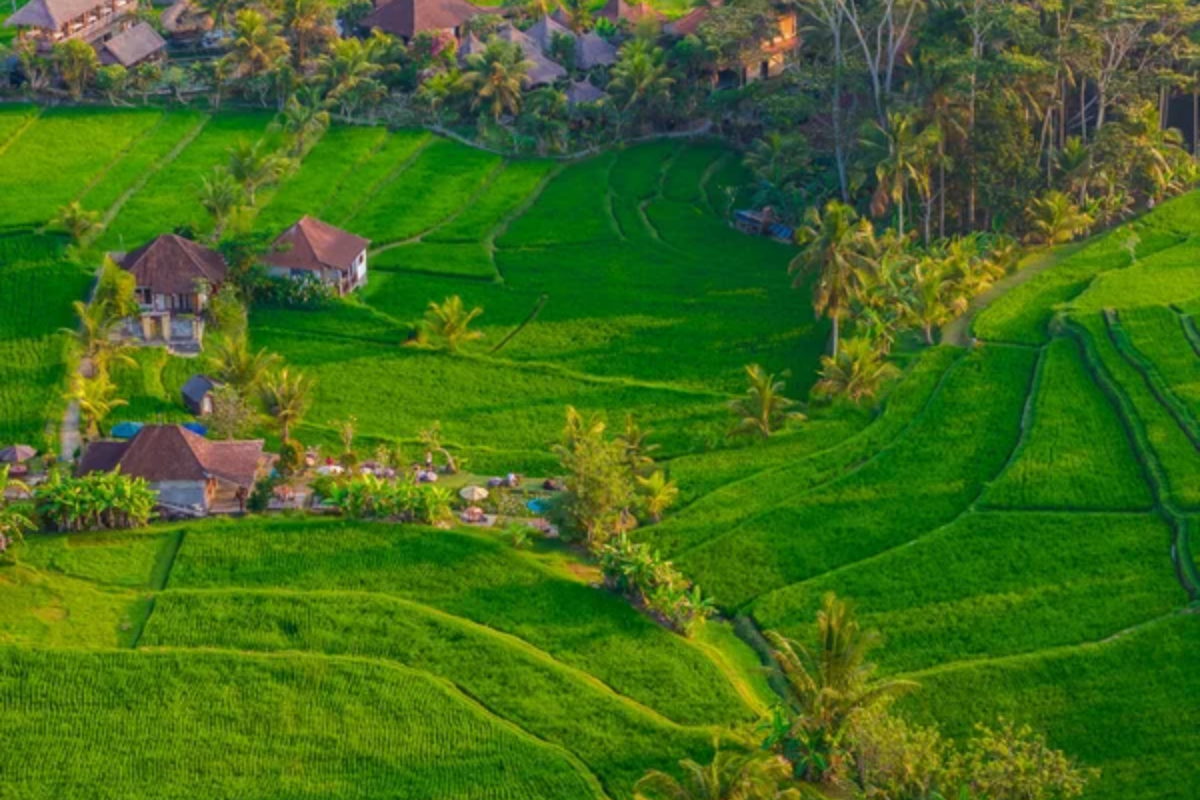
This spiritual center of Bali integrates mindfulness into everyday activities through morning market rituals and daily offerings placed outside homes and businesses. The surrounding rice terraces change gradually with the growing season, teaching visitors that meaningful growth happens incrementally.
Many retreat centers offer extended stays where days flow according to sunrise and sunset rather than digital notifications.
Big Sur, California
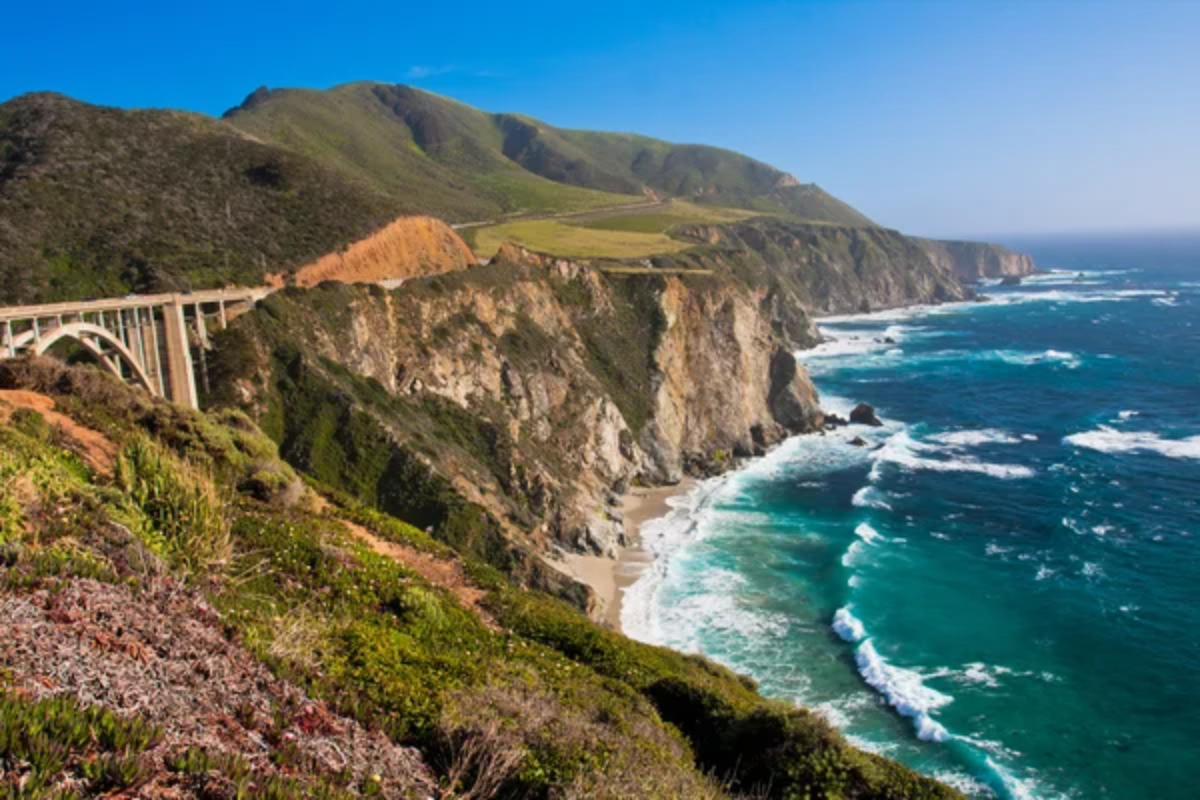
The dramatic meeting of mountains and ocean along this stretch of California coastline creates natural bottlenecks that force slower travel. Cell service disappears for miles, forming a technological buffer zone where attention naturally returns to the spectacular surroundings.
Local establishments embrace the disconnection, encouraging guests to linger over meals while watching for migrating whales or the perfect sunset.
Like Travel Pug’s content? Follow us on MSN.
Bhutan’s Paro Valley
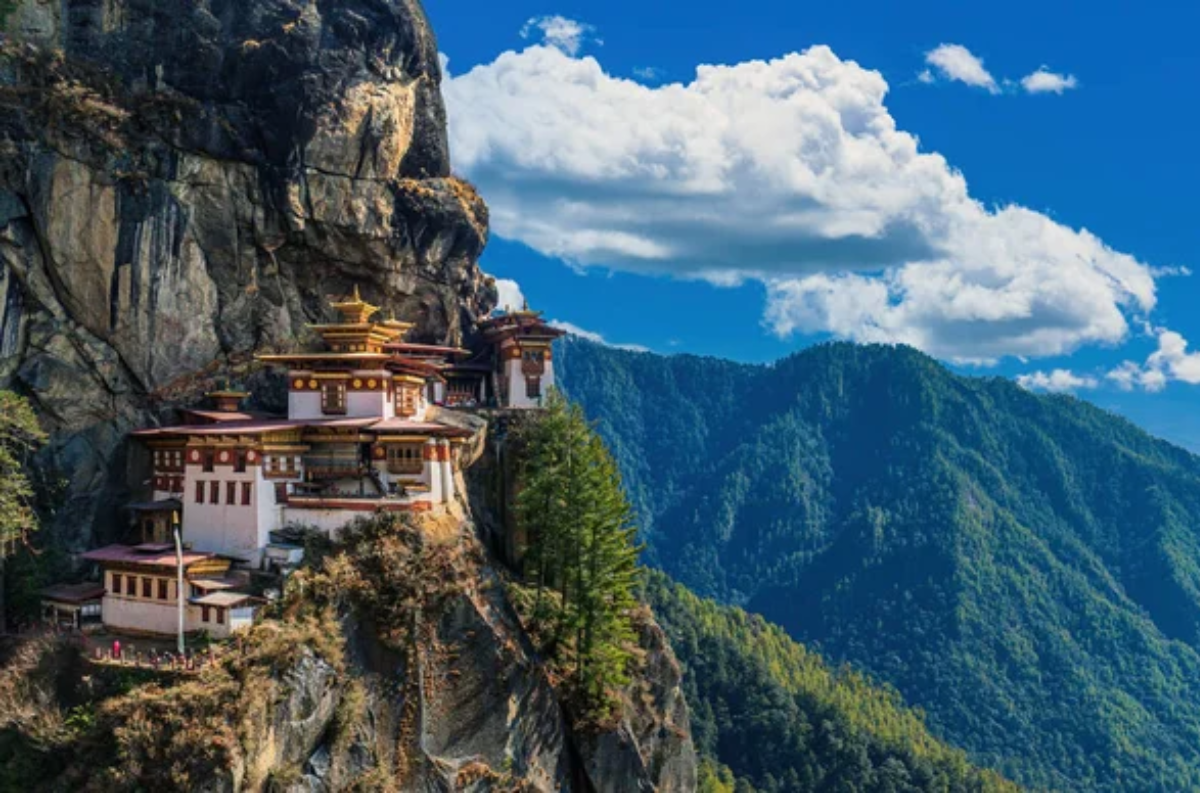
This Himalayan kingdom is well-known for measuring Gross National Happiness rather than merely economic production. The trek to Tiger’s Nest Monastery takes hours of uphill walking, physically compelling a slower pace that reflects the country’s measured pace of modernization.
Local guides often remind travelers that the journey is more important than the arrival, an ethos that permeates religious practice and daily habits.
Koya-san, Japan
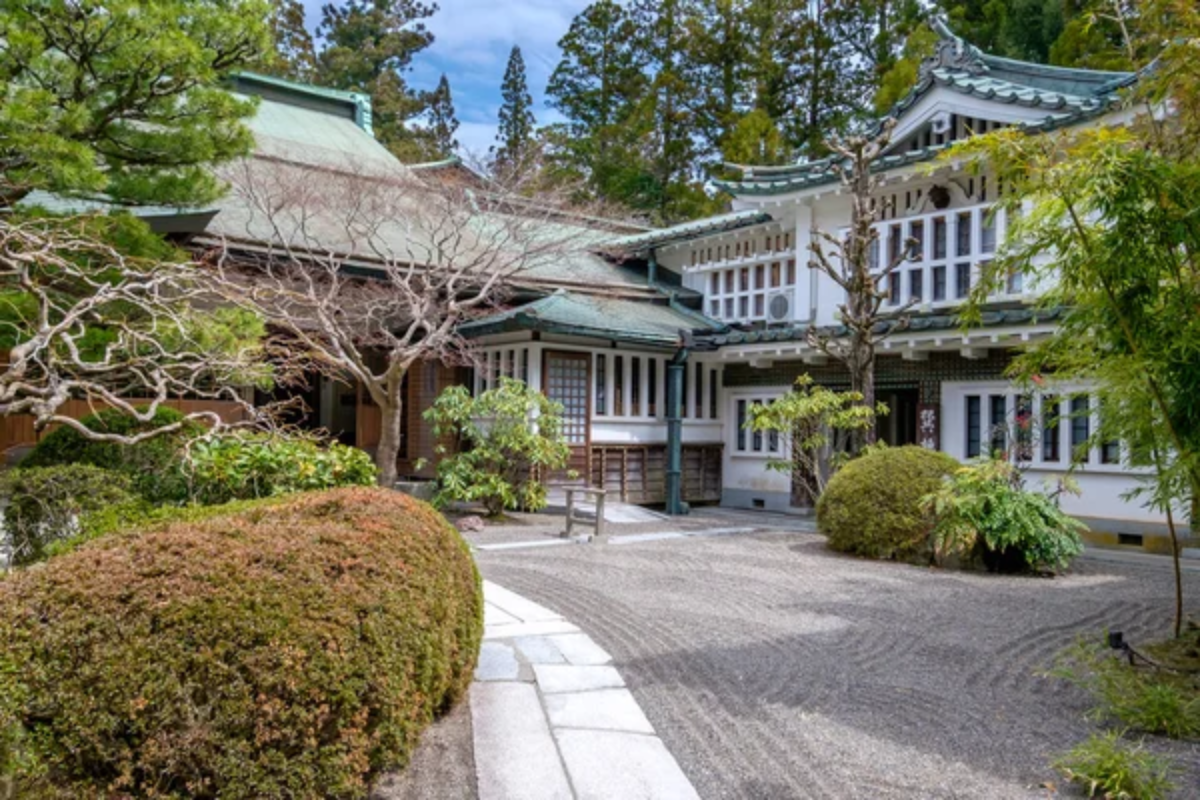
This mountain temple town requires a deliberate journey involving trains, cable cars, and walking to access its peaceful center. Buddhist monks have maintained uninterrupted daily rituals for over 1,000 years, creating an atmosphere where hurrying feels distinctly out of place.
Overnight temple stays include pre-dawn meditation sessions that reset visitors’ relationship with time and attention.
Fogo Island, Newfoundland
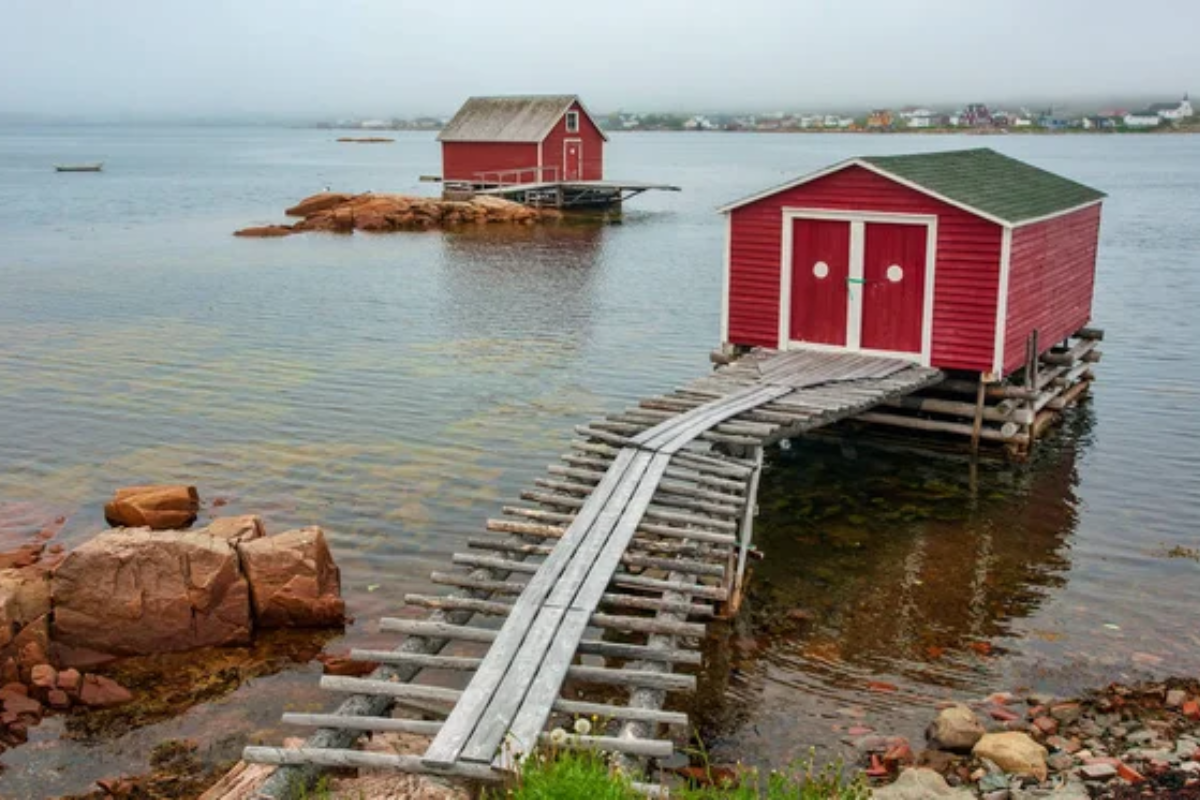
Accessible only by ferry and frequently subject to weather delays, this remote Canadian island operates on nature’s schedule rather than human convenience. The local inn was designed with floor-to-ceiling windows that invite guests to watch icebergs drift by—a process that cannot be rushed or scheduled.
Community traditions center around seasonal activities and storytelling, passing hours in ways that have nothing to do with productivity.
Like Travel Pug’s content? Follow us on MSN.
Kerala Backwaters, India
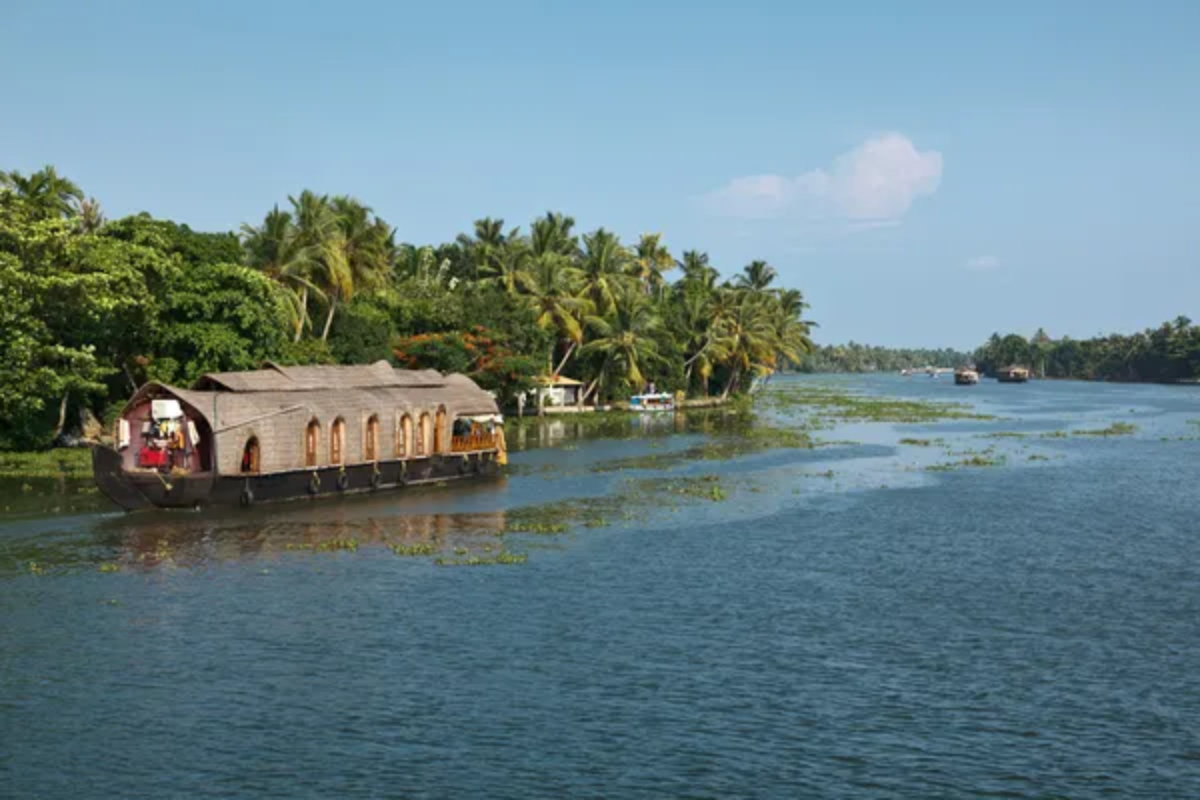
Traditional houseboats called kettuvallams move at a walking pace through these interconnected canals and lakes. Meals prepared onboard feature locally harvested ingredients that remind travelers of food’s connection to place and season.
Village life visible from the water continues at its own established rhythm, unchanged by tourism’s presence and unaffected by the frantic pace of India’s major cities.
Blue Ridge Mountains, North Carolina
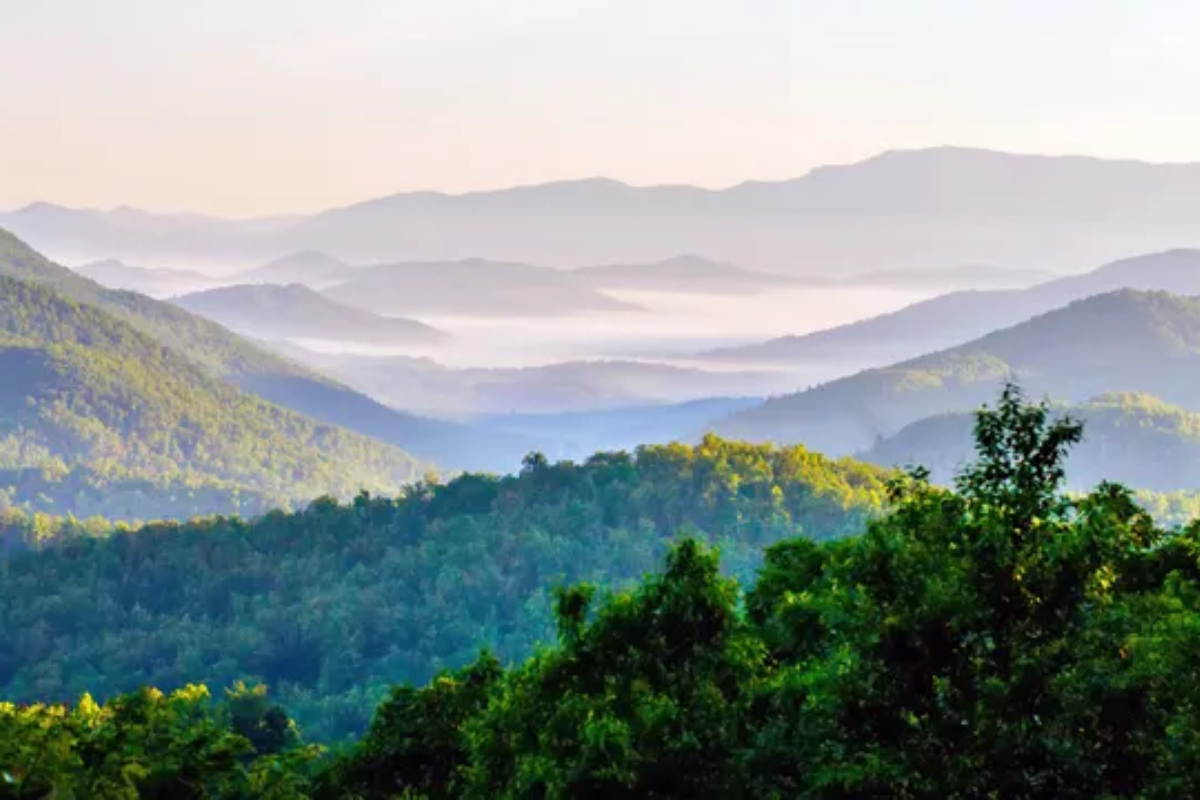
This mountain range’s ancient, rounded peaks promote a geological perspective on time. The famous Blue Ridge Parkway was intentionally designed with lower speed limits and frequent overlooks that encourage stopping to appreciate vistas rather than rushing to destinations.
Local Appalachian culture values sitting on porches, making music without hurry, and letting conversations unfold naturally across generations.
Visby, Gotland, Sweden
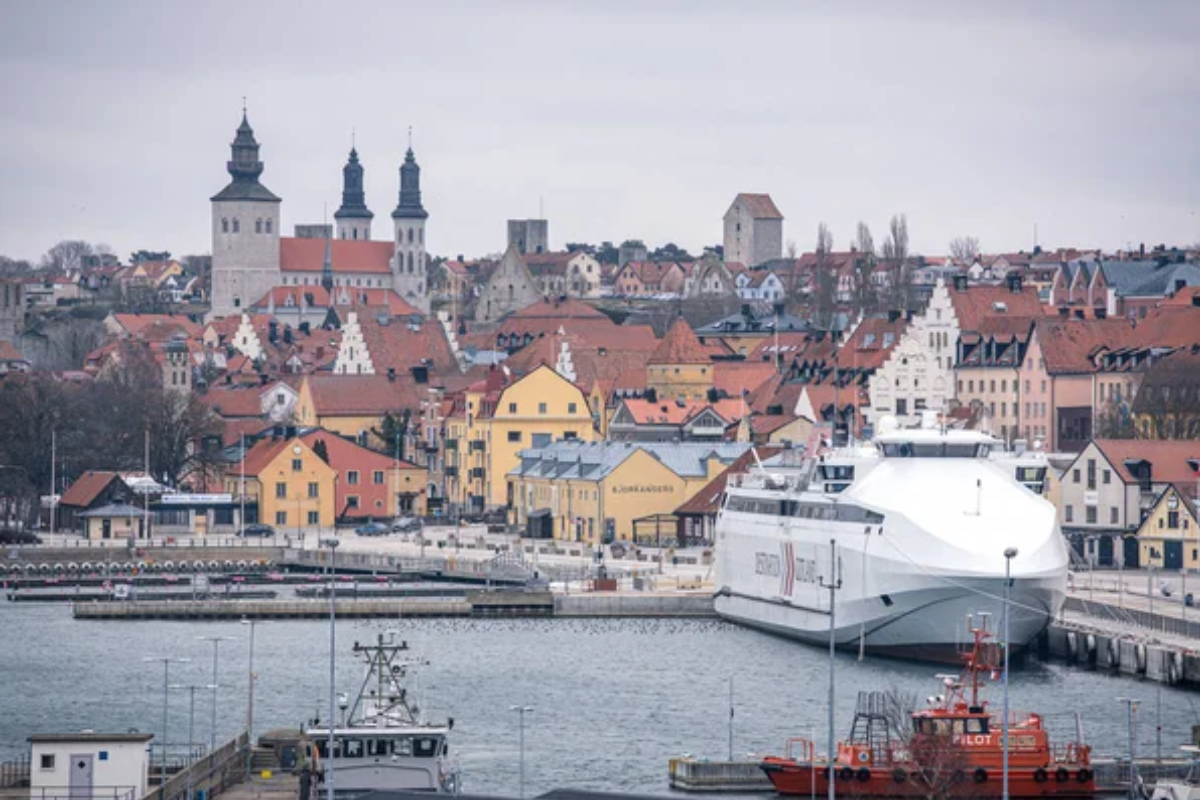
This medieval walled city on Sweden’s largest island operates primarily on foot traffic within its historic center. Narrow cobblestone streets physically slow movement, while cafes practicing ‘fika’ (coffee break) culture normalize extended pauses throughout the day.
Summer brings extremely long daylight hours that seem to stretch time, disrupting normal schedules and encouraging spontaneous evening walks.
Like Travel Pug’s content? Follow us on MSN.
Luang Prabang, Laos

Morning Buddhist monk alms ceremonies start before dawn, setting meditative patterns throughout the day. The convergence of the two rivers sets natural limits for the town’s growth and maintains most activity within walking distance.
French colonial and Laotian traditional structures are mixed, forming shady areas planned for relaxation in the afternoon but not for permanent occupation.
El Chaltén, Argentina
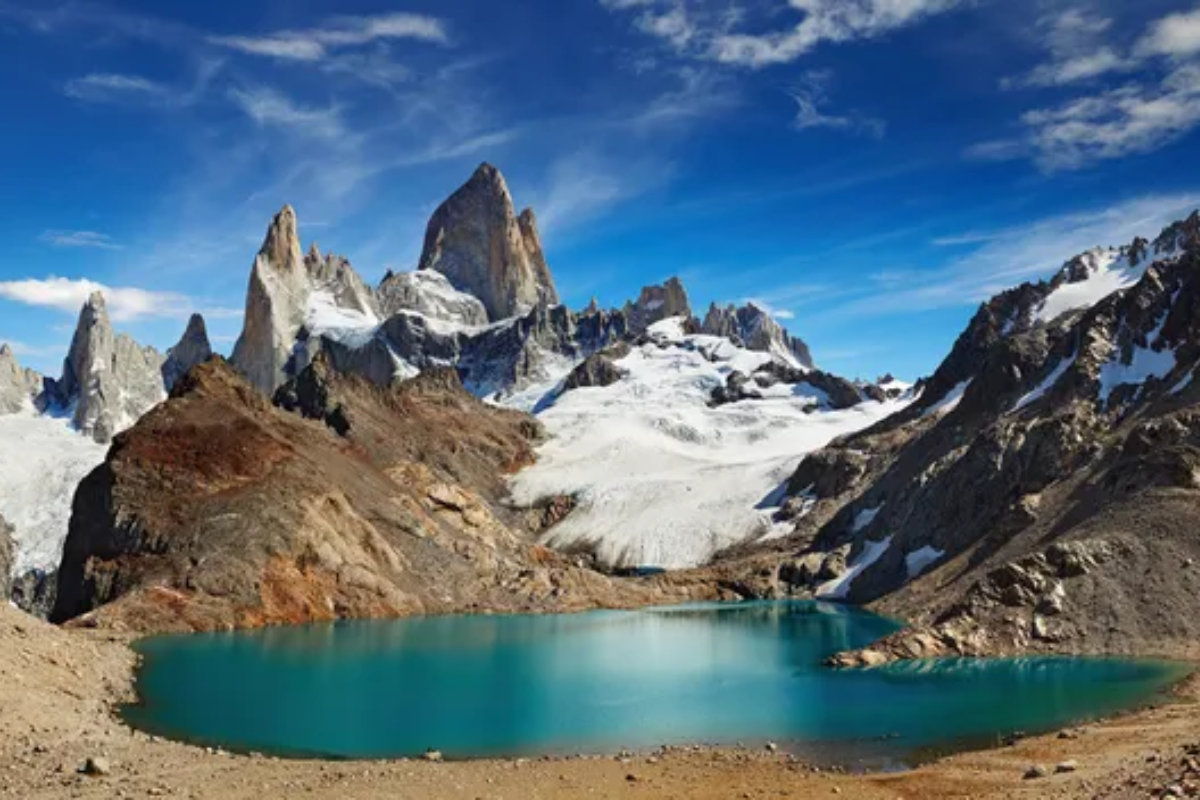
This remote Patagonian outpost is the gateway to some of South America’s most spectacular hiking. Trails from town to iconic mountain views can’t be rushed without missing wildlife, changing light conditions, and small wonders.
Limited connectivity means plans are made through face-to-face conversations in hostels and cafés rather than digital scheduling, naturally slowing the social pace.
Lamu Island, Kenya
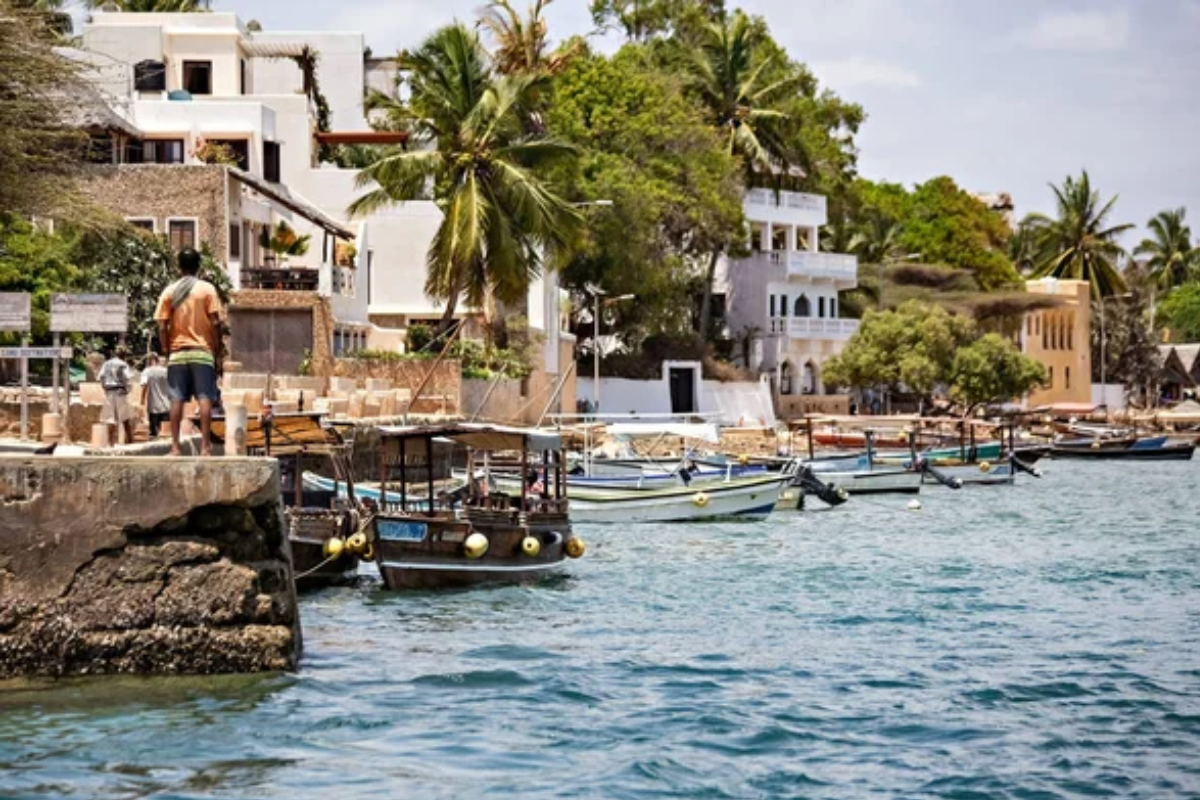
With no cars allowed, this UNESCO World Heritage Site moves at the pace of donkeys, dhow sailboats, and sandaled feet. Swahili architecture features numerous sitting areas for conversation and ocean-watching rather than constant activity.
The island’s position near the equator means consistent 12-hour days year-round, creating a balanced rhythm between daylight and darkness that many visitors find profoundly restorative.
Like Travel Pug’s content? Follow us on MSN.
Val d’Orcia, Italy
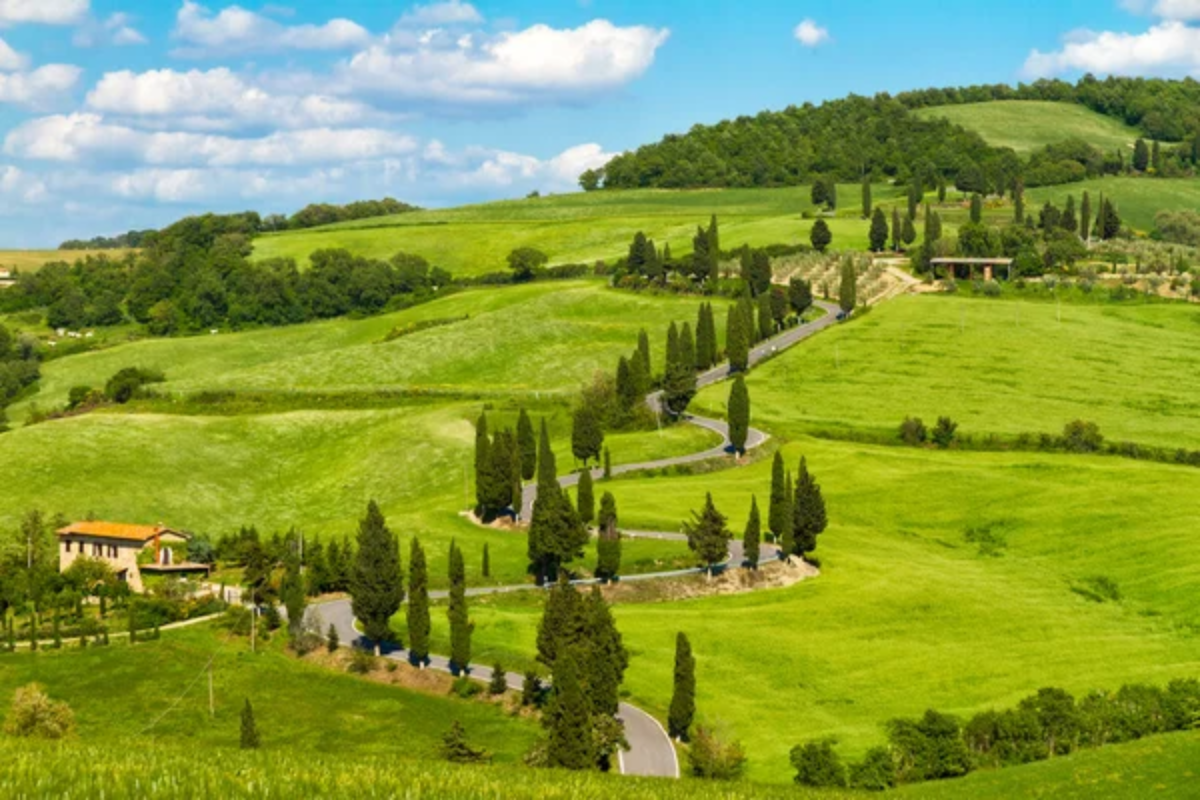
This Tuscan valley’s landscapes have changed so little over the centuries that Renaissance paintings still accurately depict them. Agricultural activities follow seasonal necessities rather than artificial timelines, with grape harvests and olive pressing happening when conditions are right—not when schedules demand.
Small family-run agriturismos serve multi-course meals featuring estate-produced ingredients, encouraging guests to linger over each carefully prepared dish.
Byron Bay, Australia
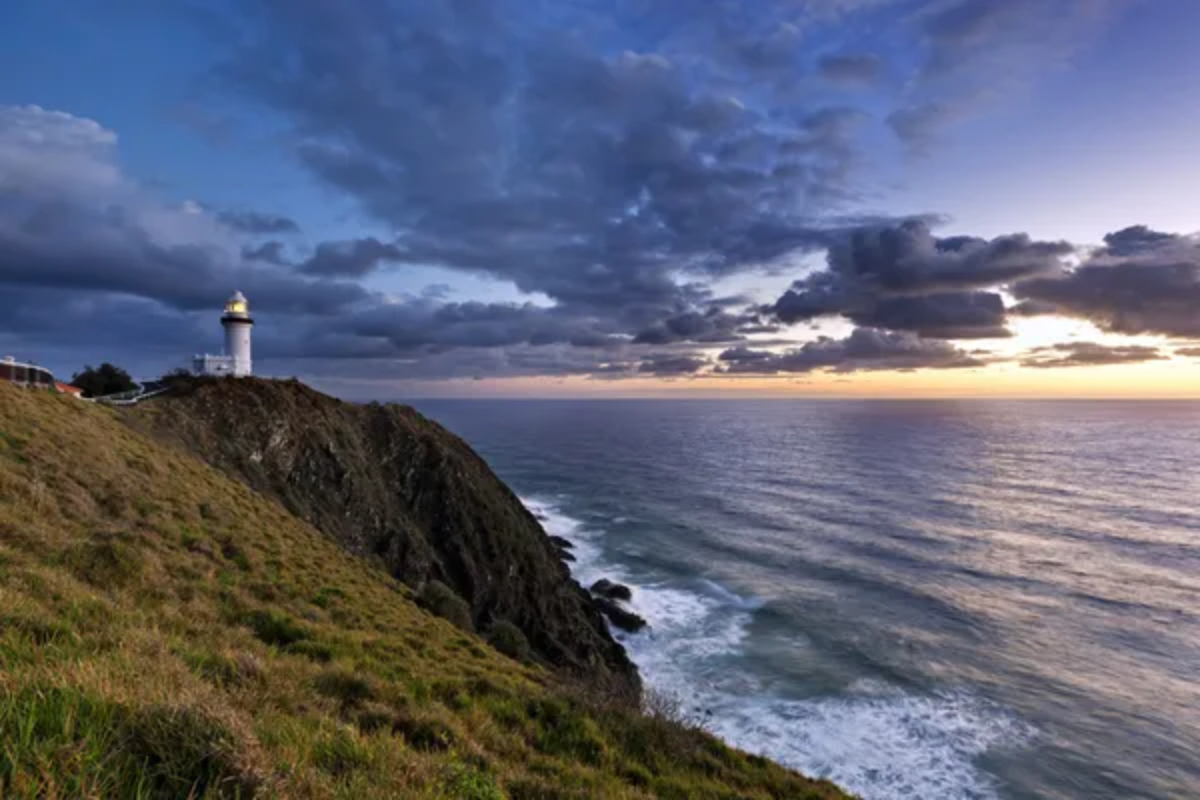
This seaside town adopts a deliberately laid-back attitude in which appointments carry the suffix ‘ish’ and shopping barefoot is still fine. Australia’s easternmost mainland provides views of sunrise that entice people out of bed early, not out of duty but enthusiasm.
Local notice boards still beat online media for coordinating parties, keeping activities anchored in the physical and the human.
Monteverde Cloud Forest, Costa Rica
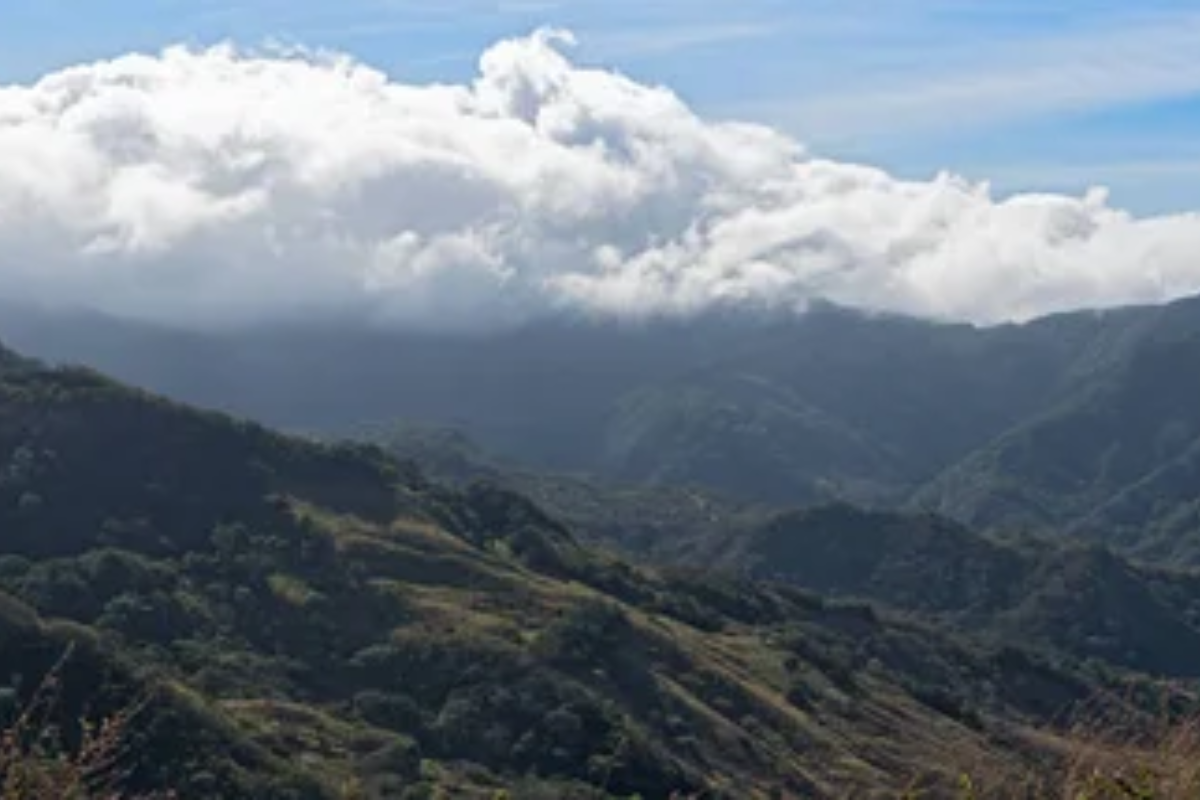
Venturing into this foggy world involves adapting to nature’s variable rhythms instead of human clocks. Night walks under a guide take place at wildlife time, at times involving long waits in silence to observe elusive species.
The conjunction of high altitude and regular wetness creates a world where even breathing is a different experience, slowing one’s pace naturally and inviting deeper presence.
Like Travel Pug’s content? Follow us on MSN.
Camino de Santiago, Spain
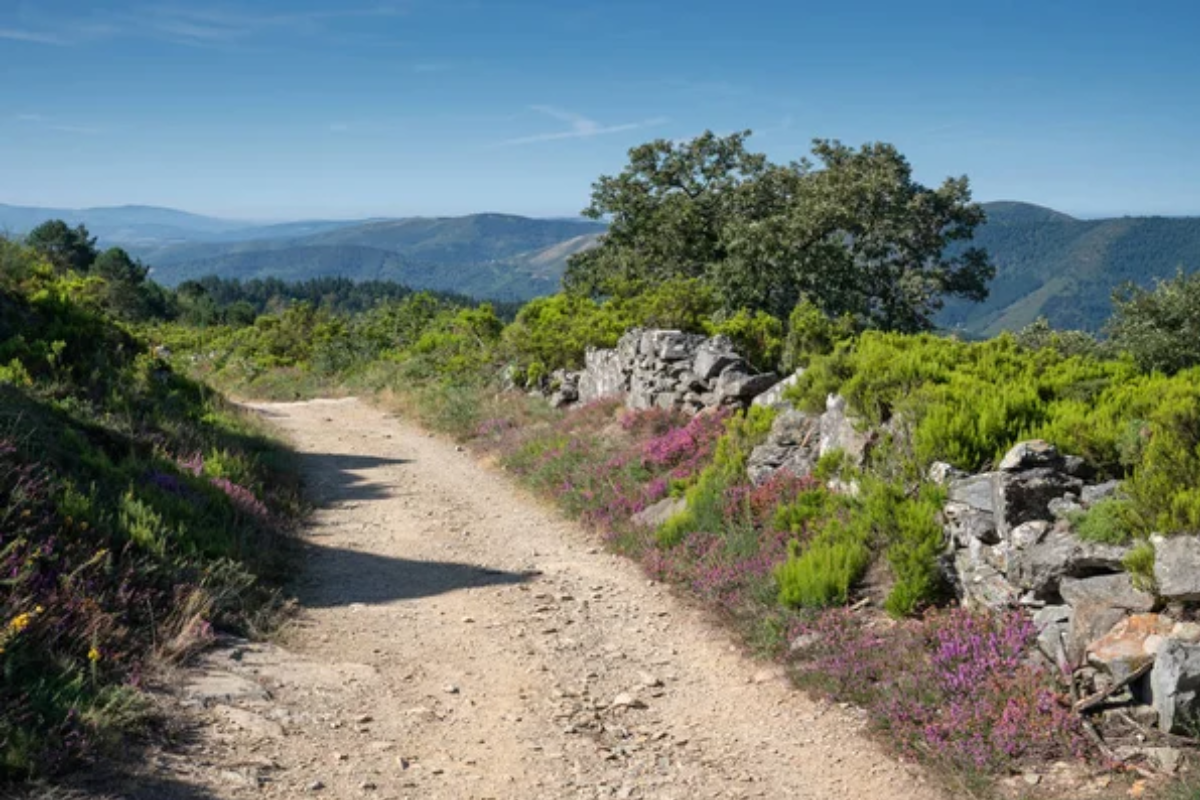
This medieval pilgrimage route across northern Spain converts walking into a type of moving meditation that usually takes weeks to accomplish. Pilgrims welcome each other along the way with ‘¡Ultreia!’ (forward) instead of inquiring about arrival times or miles traveled.
Villages along the path have served pilgrims for centuries, continuing traditions of shared meals and modest accommodations prioritising bonding over convenience.
Chefchaouen, Morocco
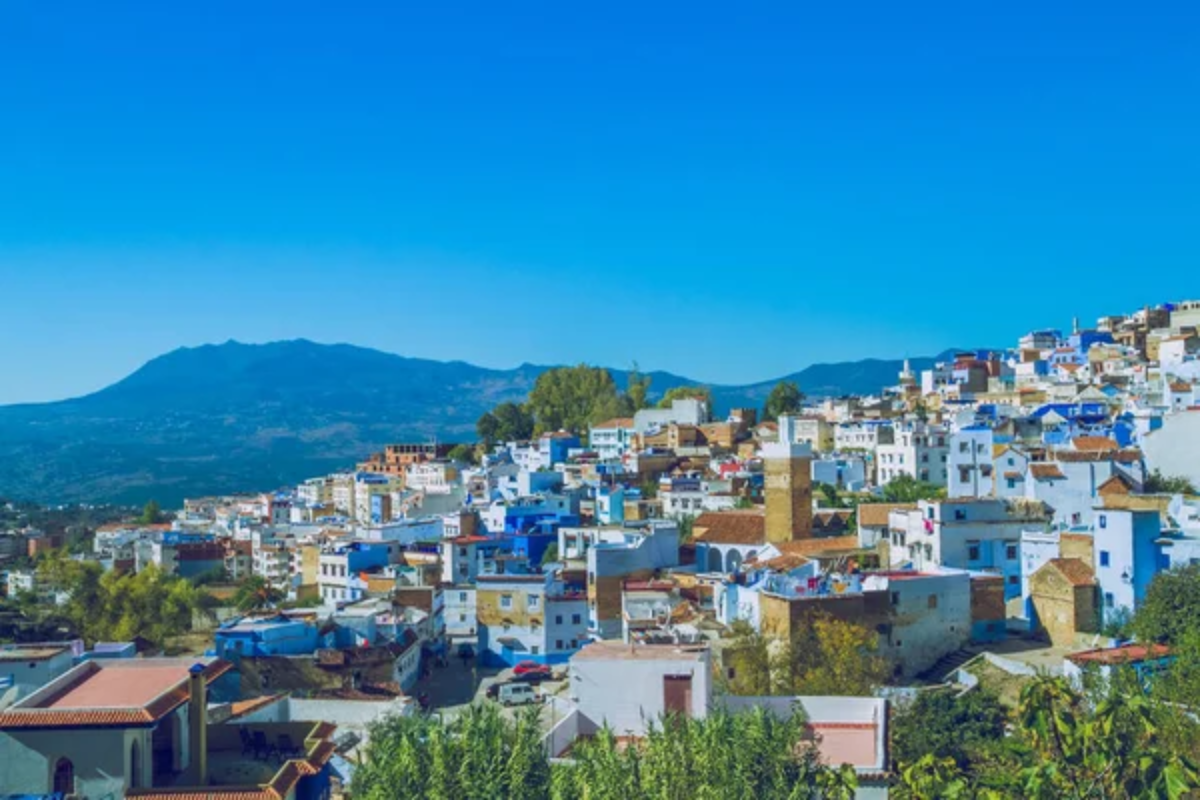
The distinctive blue-washed buildings of this mountain town create an atmosphere that feels removed from ordinary time. Narrow winding streets require navigation without maps, encouraging exploration without specific destinations or timelines.
Traditional mint tea service involves elaborate pouring from height—a practice impossible to rush without spilling and rendered meaningless without appreciating the ceremony involved.
Giethoorn, Netherlands
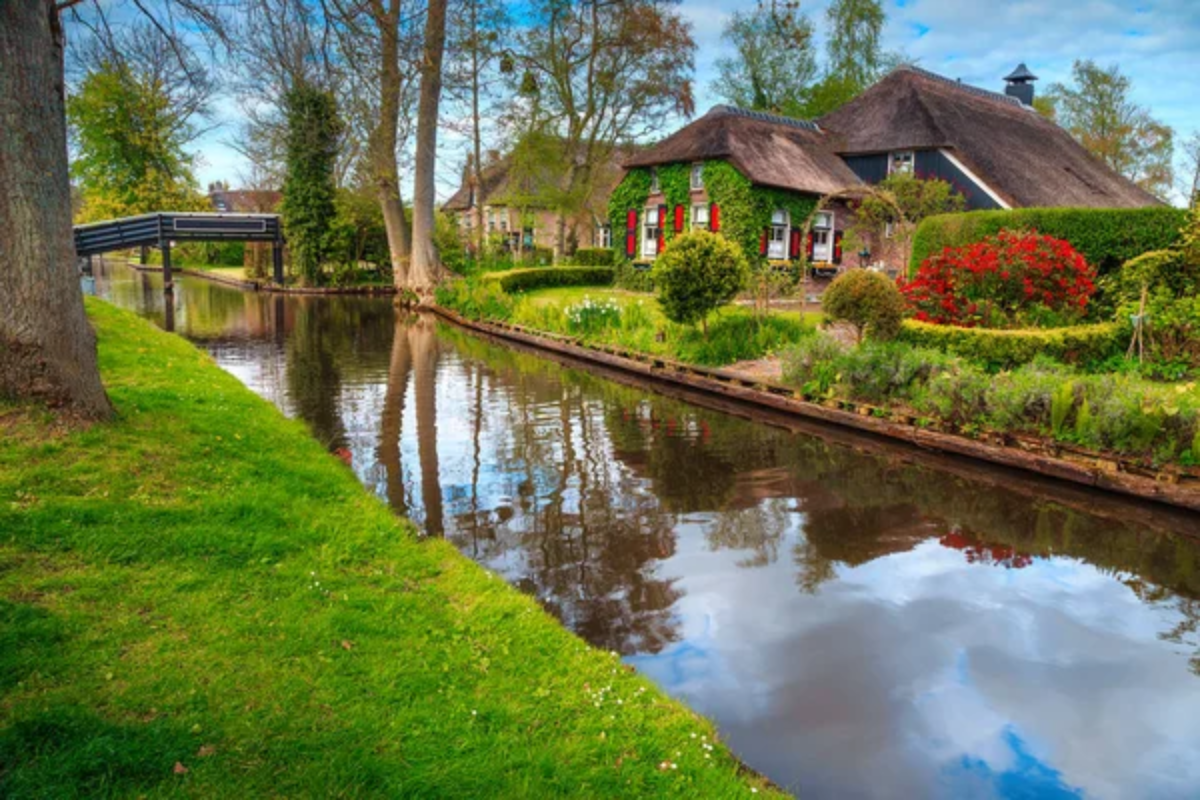
Often called ‘Venice of the North,’ this village has no roads in its old center—only canals, footpaths, and bicycle routes. Transportation by punt boat happens at human-powered speeds, allowing close observation of waterfront gardens and thatched-roof cottages.
The absence of vehicle noise creates a quieter environment where natural sounds predominate, automatically slowing the nervous system and encouraging deeper presence.
Like Travel Pug’s content? Follow us on MSN.
The Art of Presence
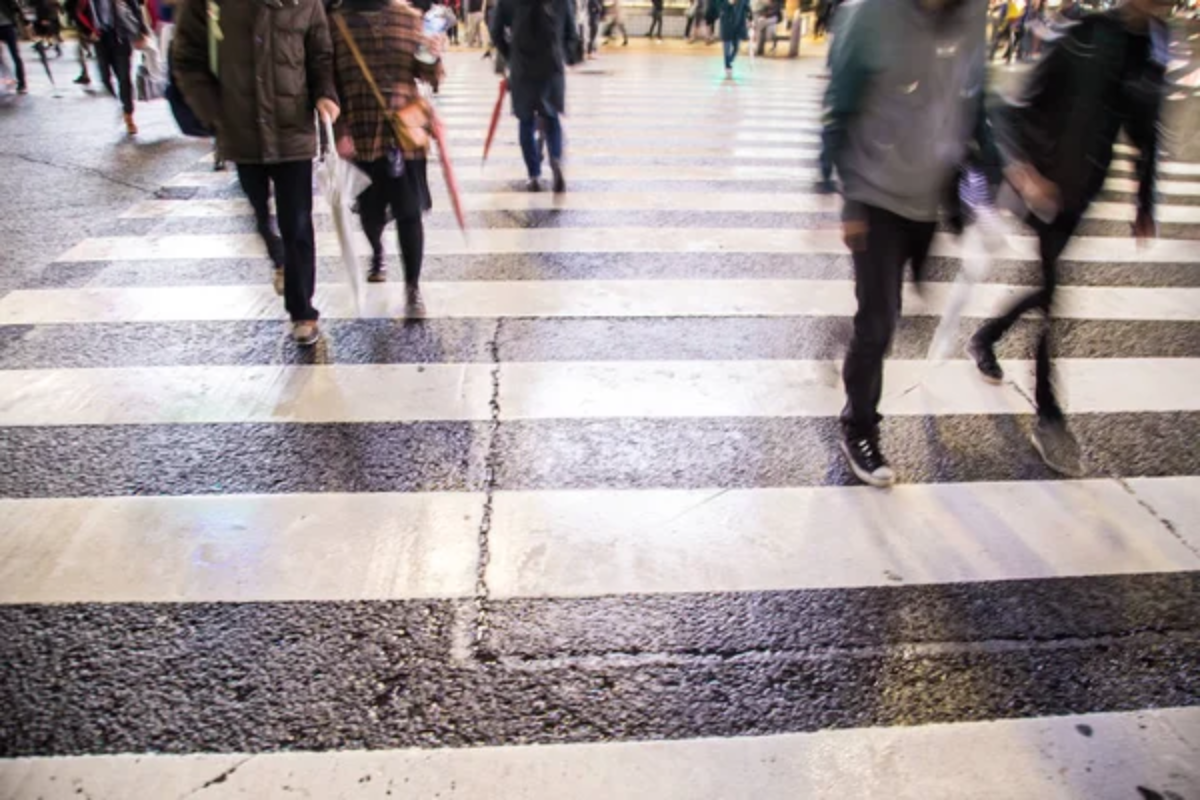
These diverse locations share a common thread—they’ve maintained a connection to rhythms older than industrial timekeeping. By temporarily immersing ourselves in places that operate according to natural cycles, seasonal shifts, and human-scale movement, we can relearn patterns our ancestors took for granted.
The practice of presence isn’t about abandoning productivity forever but returning to our busy lives with a refreshed perspective on what truly deserves our rushing. Perhaps the most valuable souvenir from these slow places is permission to bring their unhurried wisdom into our everyday environments.
More from Travel Pug

- Cities Growing so Fast You Won’t Recognize Them in 10 Years
- 13 Destinations Where Tourists Regularly Regret Their Trip
- 16 U.S. Cities That Are Quietly Becoming Travel Hotspots
- Where to Travel If You Love Long Bus Rides and Daydreams
- 20 Cities Perfect for Solo Travelers Who Crave Adventure & Culture
Like Travel Pug’s content? Follow us on MSN.
